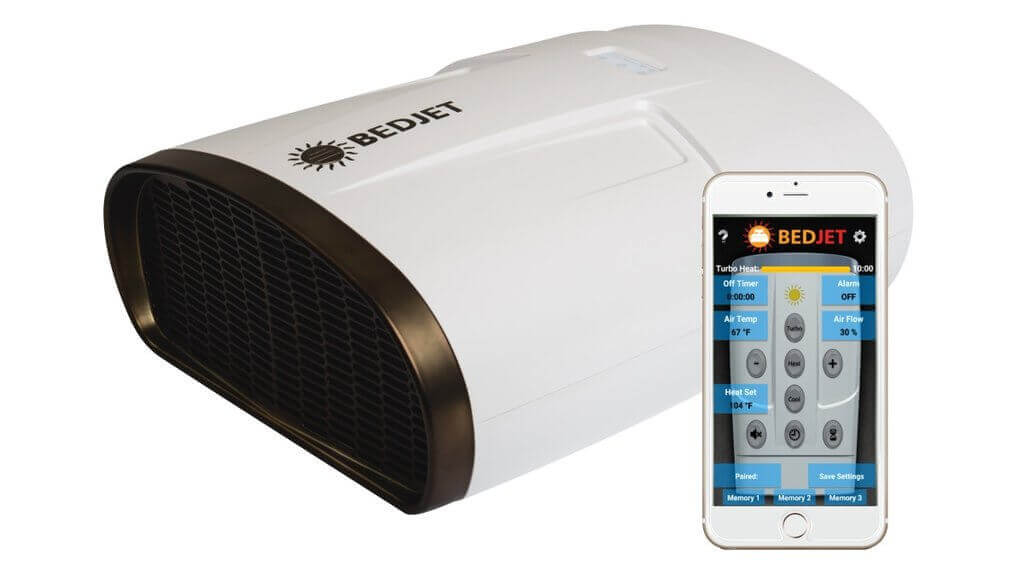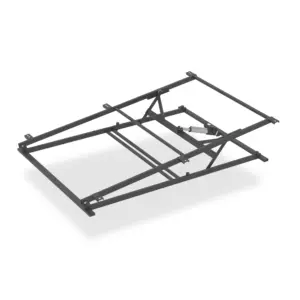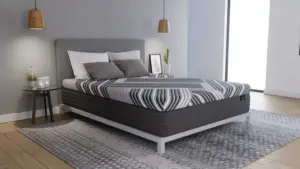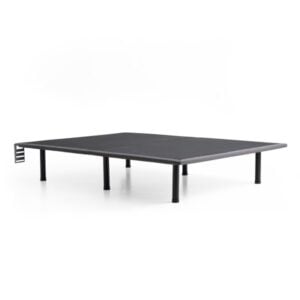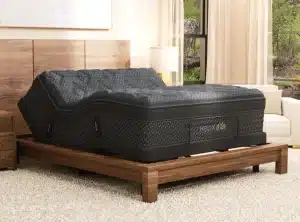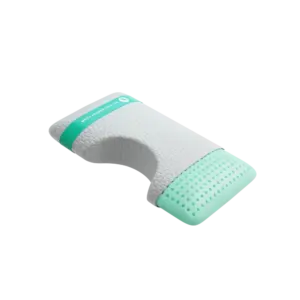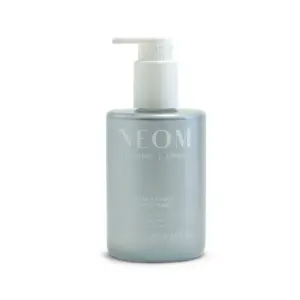Toddler Bed Dimensions Explained: Finding the Right Fit
Transitioning your child from a crib to a toddler bed is a significant milestone that can come with its own set of challenges, primarily concerning toddler bed dimensions. Understanding the right dimensions is crucial to create a safe and comfortable sleeping environment for your little one.
Standard Toddler Bed Dimensions
When delving into toddler bed dimensions, the standard size measures 27.25 inches by 51.625 inches. This is also the size of a standard crib mattress, which makes for a seamless transition from crib to toddler bed without needing to purchase a new mattress.
Crib Mattress vs. Toddler Mattress
The consistency in dimensions between toddler mattresses and crib mattresses is a blessing for parents. Many parents opt for convertible cribs that transform into toddler beds by simply removing or lowering one side rail. This option not only provides continuity but also a familiar sleeping environment for your child.
It’s vital, however, to ensure no gaps larger than one inch exist between the mattress and the bed frame. Such gaps pose significant entrapment risks, making it important to double-check all areas of potential safety concern.
Non-Standard Toddler Beds
While most toddler beds adhere to standard dimensions, some non-standard toddler beds can range from 27.25 to 31 inches wide and 51.625 to 71 inches long. These beds often require custom mattresses designed to fit perfectly. If you decide to use a non-standard bed, it’s essential to use the mattress specifically made for it to eliminate dangerous gaps.
Key Takeaways
– Standard Toddler Mattress Size: 27.25 inches x 51.625 inches
– Convertible Cribs: Use the same mattress, but ensure there are no safety gaps.
– Non-Standard Toddler Beds: Dimensions vary, requiring custom mattresses.
Understanding these dimensions is pivotal for ensuring your toddler’s bed is both comfortable and secure.
When to Transition to a Toddler Bed
Knowing when to transition is equally important for a smooth transition. Here are a few key signs to look for:
Signs It’s Time to Transition
– Height Milestones: If your child reaches around three feet in height, they may feel cramped.
– Climbing Out of the Crib: Toddler safety is paramount; if they start climbing out, it’s time for a safer sleeping arrangement.
– Age Range: The typical age for transitioning is between 18 and 24 months, though some may be ready earlier or later.
– New Sibling: If you have another baby, transitioning your older child may be necessary.
Tips for a Smooth Transition
– Timing: Avoid major life changes during this transition. Spacing out significant events can lower stress levels for your child.
– Communication: Discuss the move with your child, explaining they’re moving to a big kid bed as they grow. This can instill excitement.
– Trial Runs: Allow your child to take naps in the new bed to get accustomed to it without the pressure of a full night.
– Bedtime Routine: Maintain familiar routines. Consistency builds comfort and security.
– Safety Elements: Ensure the new bed is low to the ground and equipped with secure side rails.
Types of Toddler Beds
When selecting a toddler bed, multiple options exist, each with its unique advantages.
Standard Toddler Beds
– Dimensions: Standard sizes match crib mattresses, making transitions easy.
– Safety Features: Built-in side rails and a low height help prevent falls.
Convertible Cribs
– Multi-Functional: Transformable cribs adapt to different life stages, sometimes converting into daybeds or twin beds.
– Cost-Effective: They eliminate the need for multiple beds as your child grows.
Twin Beds and Daybeds
– Dimensions: Twin beds measure 38 inches by 75 inches, providing additional space for active sleepers.
– Longevity: Suitable from toddler years through adolescence, these beds can grow with your child.
Safety Considerations for Toddler Beds
Prioritizing safety is essential. Here’s what you need to consider:
– Assembly Instructions: Adhere strictly to the assembly guidelines to ensure safety. Check that all screws and bolts are tightened.
– Sturdy Construction: Choose durable materials like solid wood or high-quality metal. Avoid designs with sharp edges or loose parts.
– Low to the Ground: A bed height of around 12 inches is ideal to minimize injury risk from falls.
– Side Rails: Ensure side rails are secure and extend sufficiently to prevent falls.
– Child-Proofing: Don’t forget to secure the surrounding environment:
– Cover electrical outlets with safety plugs.
– Keep small items out of reach to avoid choking hazards.
– Secure windows and block stair access with safety gates.
– Mattress Depth and Material: Choose a mattress depth of six inches or less to keep side rails effective.
Frequently Asked Questions about Toddler Bed Dimensions
What size are toddler beds?
Toddler beds typically use the same mattress as a crib: 27.25 inches by 51.625 inches. Non-standard beds may vary and require specific mattresses.
Is a toddler bed the same length as a twin bed?
No, toddler beds are significantly shorter than twin beds, which measure 38 inches by 75 inches. A twin bed offers more space for growth but may feel oversized for a toddler.
What age do toddlers outgrow toddler beds?
Most children outgrow toddler beds between 5 and 7 years old. Factors include height, rapid growth, and personal sleeping preferences.
Conclusion
At Yawnder, we prioritize finding the right toddler bed dimensions to ensure safety and comfort for your child. The standard dimensions of 27.25 inches by 51.625 inches create a familiar space for restful sleep. Always consider safety features and appropriate materials, and don’t hesitate to consult our expert evaluations as you navigate this essential transition. Creating a secure and cozy environment for your child is our commitment, ensuring they enjoy restful nights as they grow.







